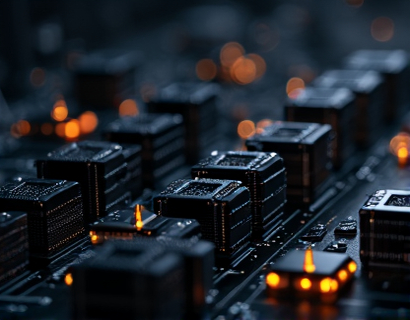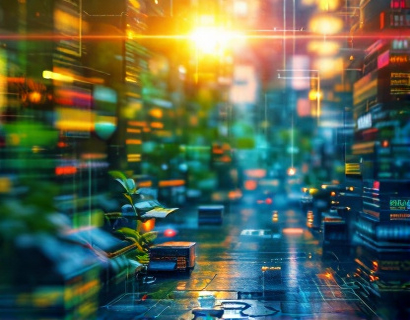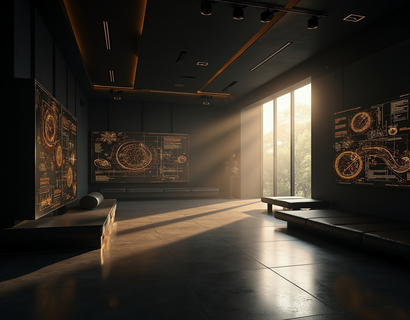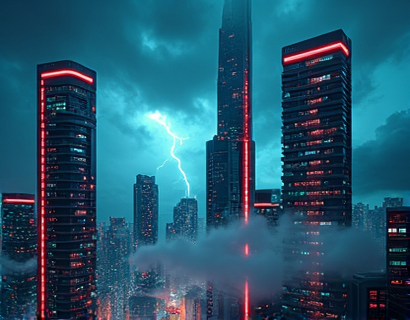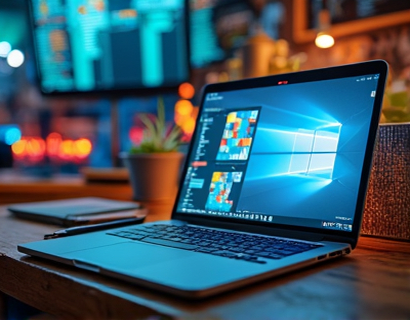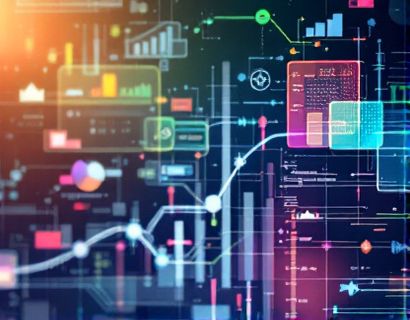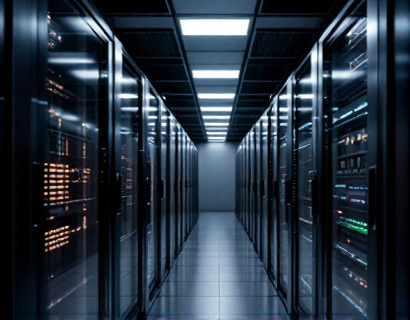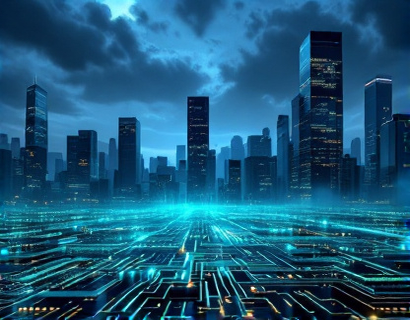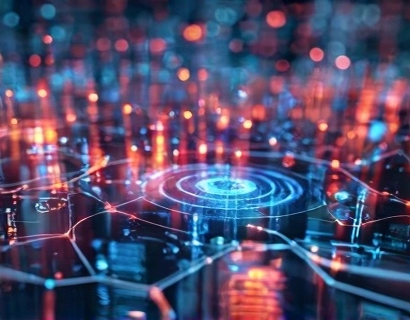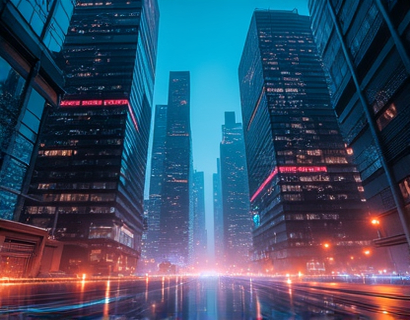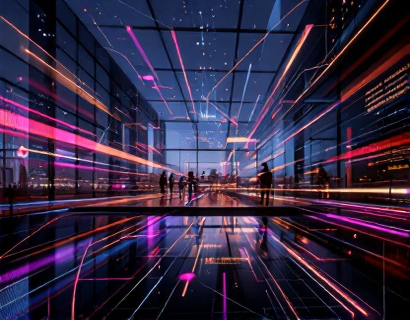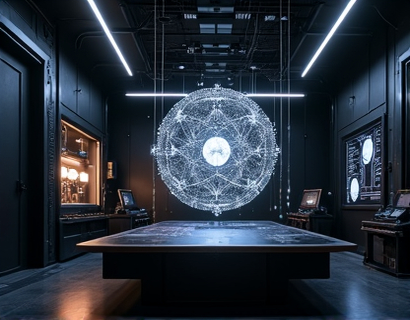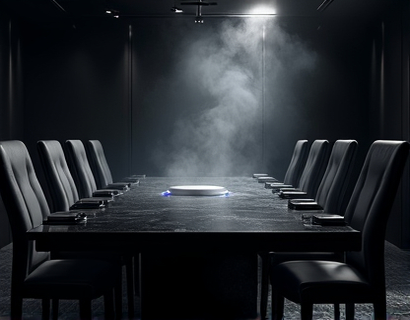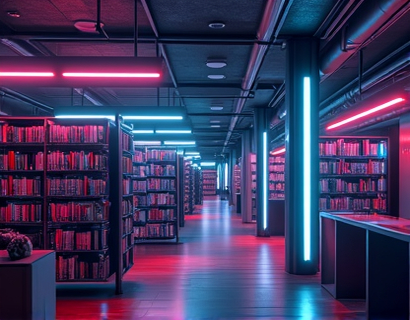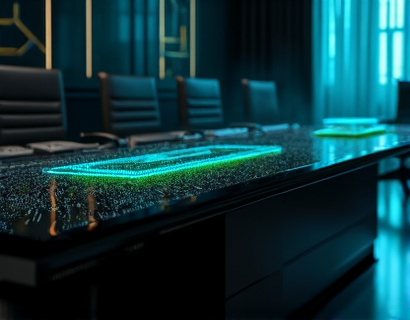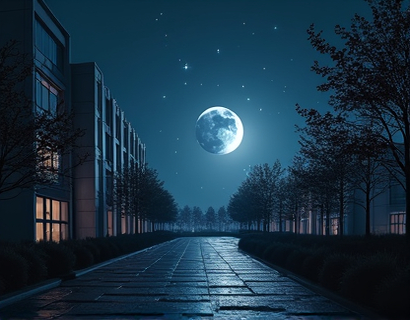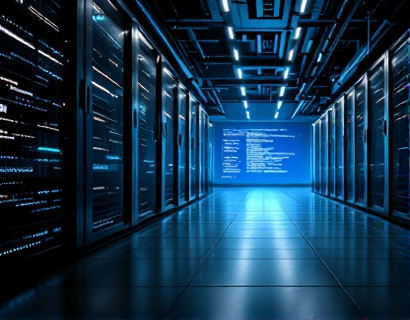Maximize Your Indoor Garden: Expert Tech for Optimal Plant Growth and Sustainability in Solariums
Indoor gardening has evolved significantly with the integration of advanced technology, transforming ordinary spaces into thriving ecosystems. For those with a solarium or a dedicated indoor garden, leveraging expert technology can maximize plant growth and sustainability. This article delves into the cutting-edge solutions that can elevate your indoor gardening experience, ensuring your plants not only survive but thrive in a customizable, future-forward environment.
Understanding the Basics of Indoor Gardening Technology
To begin, it's essential to understand the core components that contribute to a successful indoor garden. These include light management, climate control, and automation systems. Each plays a crucial role in creating an optimal environment for plant growth.
Light is the primary energy source for plants, and in indoor settings, artificial lighting becomes indispensable. LED grow lights are a popular choice due to their energy efficiency and ability to emit specific spectra that promote different stages of plant growth. Full-spectrum LEDs mimic natural sunlight, supporting photosynthesis and overall plant health.
Climate control involves managing temperature, humidity, and air circulation. Plants have specific requirements for these factors, and maintaining the right balance is crucial. Advanced sensors and HVAC systems can monitor and adjust conditions in real-time, ensuring a stable environment.
Automation systems integrate all these elements, providing a seamless and efficient way to manage your indoor garden. From automated watering systems to smart timers for lighting, automation reduces the need for manual intervention, saving time and ensuring consistency.
Optimizing Light for Plant Growth
Light is one of the most critical factors in indoor gardening. The quality and quantity of light directly impact plant growth and development. Here are some advanced techniques to optimize light for your indoor plants:
- LED Grow Lights: Choose LED grow lights that offer adjustable spectra. Blue light (around 450nm) is essential for vegetative growth, while red light (around 660nm) promotes flowering and fruiting. Some advanced LEDs combine both spectra for a balanced approach.
- Light Cycles: Mimic natural day and night cycles by setting specific light durations. Most plants require 12-16 hours of light per day during the growing phase, with a reduction during the flowering stage.
- Light Intensity and Distance: Adjust the height of your grow lights to maintain optimal distance from the plants. As plants grow, they may require more light, necessitating adjustments to light intensity and placement.
- Reflective Surfaces: Use reflective materials like aluminum foil or white paint to maximize light distribution. This ensures that light reaches all parts of the garden, reducing waste and improving overall efficiency.
Advanced Climate Control Solutions
Maintaining the right climate is vital for plant health. Here are some expert methods to control temperature, humidity, and air circulation in your indoor garden:
Temperature control is crucial as plants have specific temperature ranges for optimal growth. Use thermostats and HVAC systems to maintain a consistent temperature, ideally between 68-80°F (20-27°C) during the day and slightly cooler at night.
Humidity management is equally important. Most indoor plants prefer a humidity level of 40-70%. Humidifiers and dehumidifiers can be used to adjust moisture levels. Additionally, misting systems can provide a natural way to increase humidity, especially for tropical plants.
Air circulation is essential to prevent mold and disease. Fans and air circulators help distribute air evenly, ensuring that all plants receive adequate CO2 and preventing stagnant air pockets. Aim for a gentle breeze that moves air without damaging delicate leaves.
Automation for a Smart Indoor Garden
Automation is the backbone of a modern indoor garden, streamlining processes and ensuring precision. Here’s how you can integrate automation to enhance your gardening experience:
Automated watering systems can be programmed to deliver water based on soil moisture levels, preventing overwatering or underwatering. Soil moisture sensors connected to a central control unit can trigger the watering system when needed.
Smart timers can control the lighting schedule, ensuring plants receive the right amount of light at the right times. These timers can be synchronized with natural light cycles or adjusted based on the specific needs of your plants.
Environmental sensors can monitor temperature, humidity, and light levels, providing real-time data to your control system. This data can be used to make adjustments automatically or alert you to any issues that require manual intervention.
Integrating all these components into a single, user-friendly platform can greatly simplify garden management. Many modern systems offer mobile apps, allowing you to monitor and control your garden from anywhere.
Customizing Your Indoor Garden for Specific Plants
Different plants have unique requirements, and a successful indoor garden often caters to a variety of species. Here’s how to tailor your setup for specific plants:
For succulents and cacti: These plants require bright, indirect light and low humidity. Use high-intensity LED lights and ensure proper air circulation to prevent rot. Water sparingly, allowing the soil to dry out completely between waterings.
For tropical plants: These plants thrive in high humidity and consistent warmth. Use humidifiers, misting systems, and maintain higher temperatures. LED lights with a higher blue spectrum can support their lush growth.
For fruit and vegetable plants: These typically need a longer light cycle and higher light intensity. Use full-spectrum LEDs and set light cycles to 14-18 hours per day. Ensure good air circulation and monitor nutrient levels in the soil.
Sustainability in Indoor Gardening
Sustainability is a key consideration in modern indoor gardening. Here are some eco-friendly practices to reduce your environmental footprint:
Use energy-efficient LED grow lights to minimize electricity consumption. Look for LEDs with high lumens per watt to maximize light output while using less power.
Implement a water recycling system to reuse water from misting or drainage. This not only conserves water but also reduces waste.
Choose organic and non-toxic growing mediums and fertilizers. This ensures a healthier environment for your plants and reduces the risk of chemical runoff.
Consider using vertical gardening techniques to maximize space and minimize resource use. Vertical systems can be designed to use less water and light while supporting a higher plant density.
Future Trends in Indoor Gardening Technology
The field of indoor gardening technology is rapidly evolving, with several exciting trends on the horizon:
Artificial Intelligence (AI) is being integrated into garden management systems, providing predictive analytics and personalized recommendations based on plant data. AI can optimize light, climate, and nutrient delivery for maximum efficiency.
Hydroponic and aeroponic systems are gaining popularity for their water efficiency and ability to grow plants without soil. These systems can be automated and integrated with sensors for precise nutrient delivery.
Biotechnology is advancing plant varieties that are better suited for indoor environments. Genetically modified plants with enhanced light absorption or stress resistance can thrive in controlled settings.
As technology continues to advance, the possibilities for indoor gardening will only expand, making it easier and more rewarding to grow a diverse range of plants in any setting.
Conclusion
By embracing advanced technology, indoor gardeners can transform their spaces into highly productive and sustainable ecosystems. From optimizing light and climate to implementing smart automation, the tools and techniques available today offer unprecedented control and precision. Whether you're a seasoned enthusiast or a beginner, integrating these expert solutions will elevate your indoor gardening experience, ensuring your plants flourish in a customizable, future-forward environment.



